Billion-dollar projects that were huge wastes of money
White elephant projects that cost a fortune
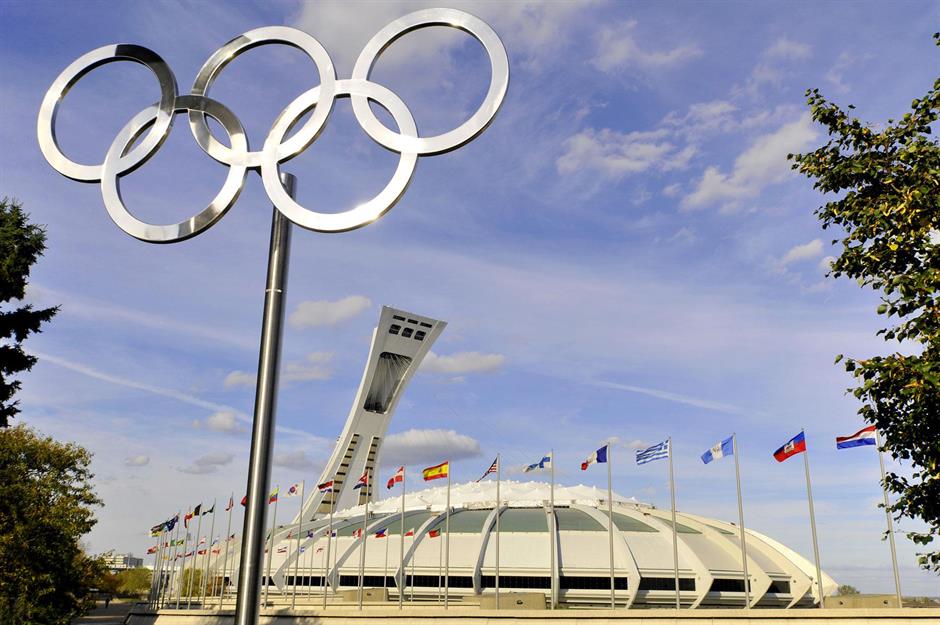
White elephant projects that cost a fortune
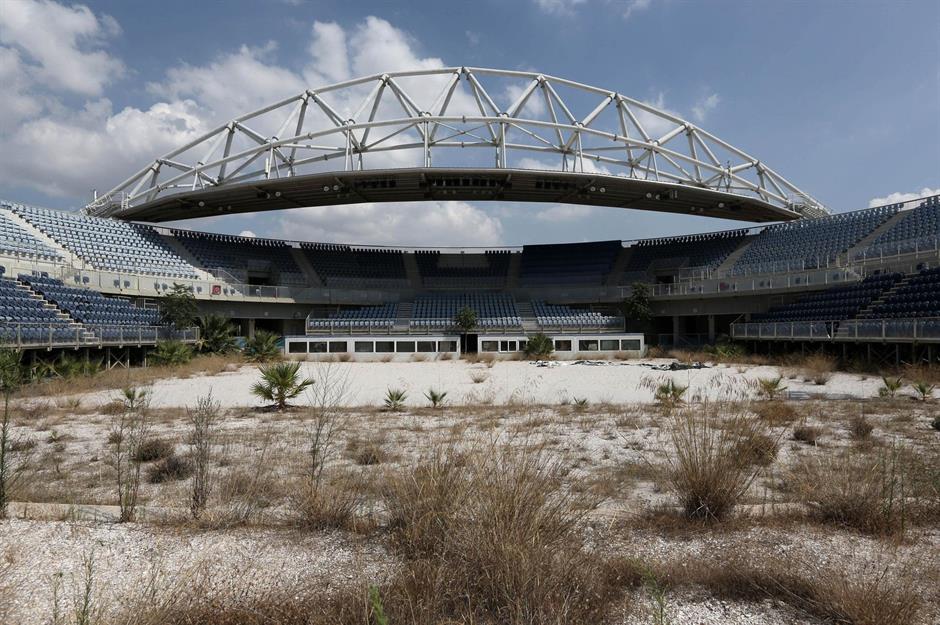
Hambantota Port, Hambantota, Sri Lanka, cost: $1 billion
The Hambantota Port was meant to open Sri Lanka to new trading possibilities, but more than 10 years on and $1 billion of funding later it’s dismally empty. The Hambantota area was first earmarked for development in 2002 by then-Prime Minister Ranil Wickremesinghe. Yet the idea was put on hold as the port failed to pass feasibility studies.
Hambantota Port, Hambantota, Sri Lanka, cost: $1 billion
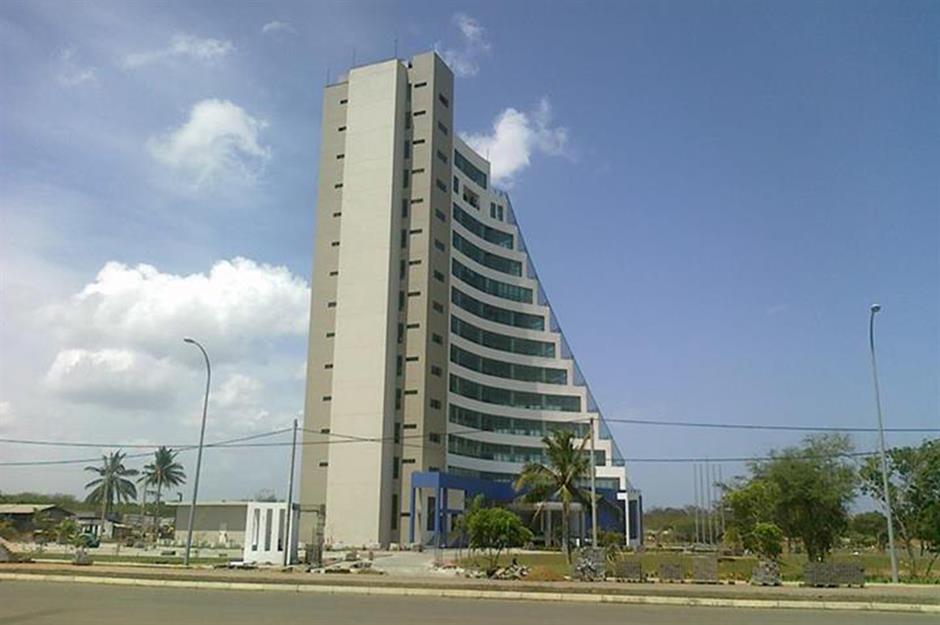
Hambantota Port, Hambantota, Sri Lanka, cost: $1 billion
Critics of the port have claimed that the Chinese government provided the initial loan to pull the already vulnerable and in-debt country under its own influence. In December 2017, the port was leased to the China Merchants Port Holding Company Limited (CM Port) for 99 years for $1.12 billion. While this money would have canceled out the debt for the bridge, it was used to cover foreign debt repayments and strengthening foreign reserves according to reports, and Sri Lanka’s debt problems are far from over as other loans from China have continued.
Russky Bridge, Vladivostok, Russia, cost: $1.1 billion
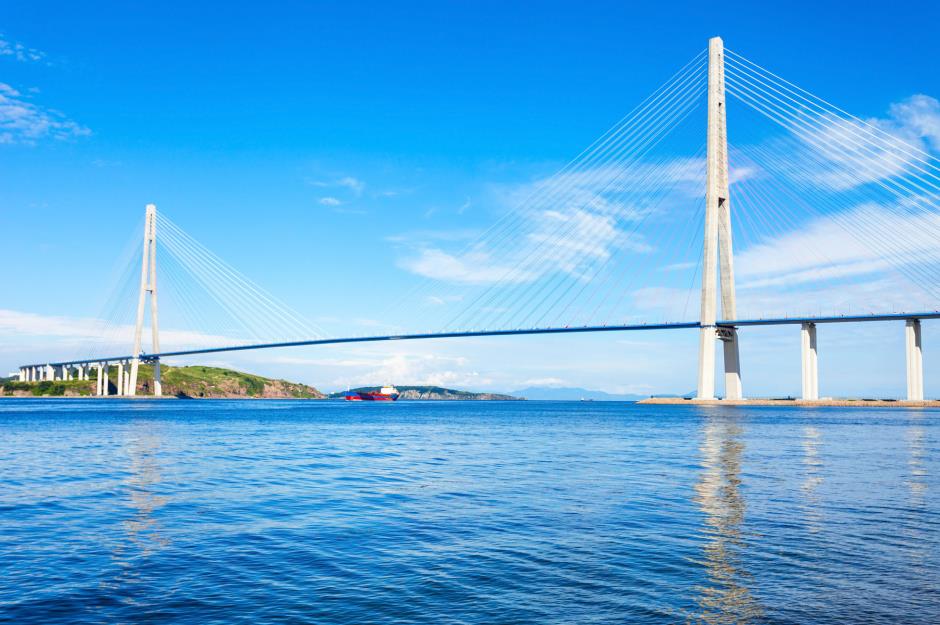
Russky Bridge, Vladivostok, Russia, cost: $1.1 billion

Russky Bridge, Vladivostok, Russia, cost: $1.1 billion

To its critics, the giant bridge is seen as a vanity project by the Russian government. All told, the government reportedly poured around $20 billion into preparations for the 2012 summit, yet the benefits don't seem to have lasted much beyond it. Russky Island was supposed to be developed as a tourist resort, although it has been aptly described by Lonely Planet as "very much a DIY attraction".
Mayawati parks and statues, Uttar Pradesh, India, cost: $1.3 billion

As Chief Minister of India's Uttar Pradesh state during the late 1990s and 2000s, rags-to-riches politician Mayawati splurged a colossal $1.3 billion on five parks and hundreds of monumental statues. This included statues of prominent Dalit politicians, including a statue of herself (pictured left), along with scores of white elephant statues – you couldn't make it up.
Mayawati parks and statues, Uttar Pradesh, India, cost: $1.3 billion
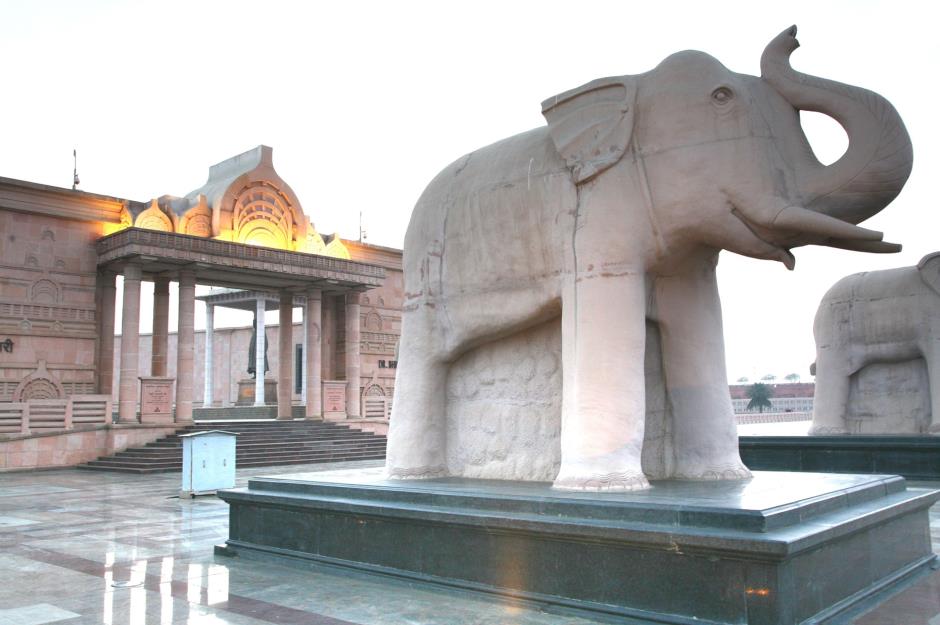
Mayawati parks and statues, Uttar Pradesh, India, cost: $1.3 billion
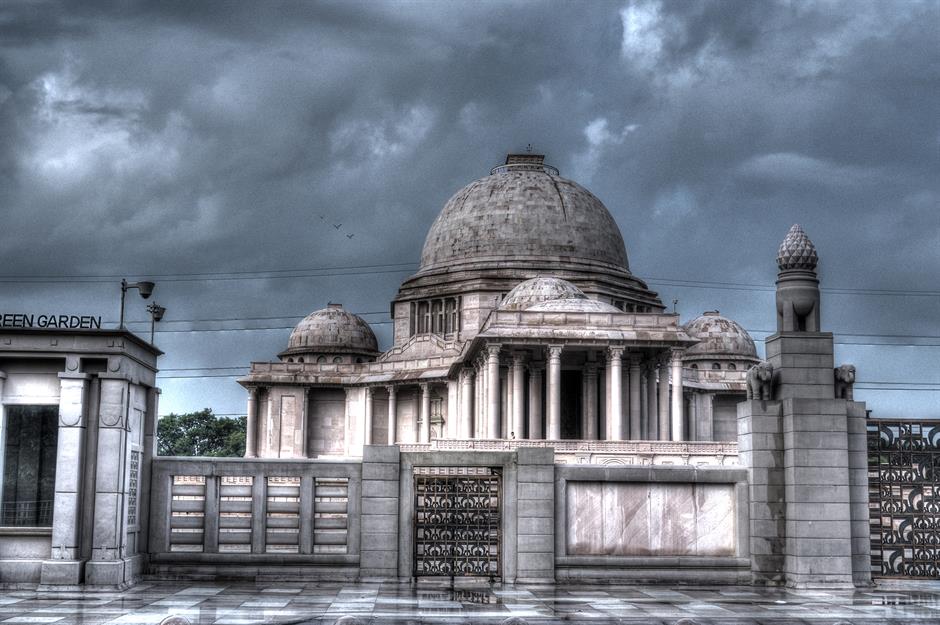
In February 2019, the Supreme Court requested that Mayawati refund the public money used to erect the statues. In a later hearing in April, the former Chief Minister tried to defend the statues by saying they represent the "will of the people". Whether she'll end up repaying the money is unclear at the moment, but until then the parks remain under-visited and largely pointless attractions in the eyes of many.
Ryugyong Hotel, Pyongyang, North Korea, cost: $1.3 billion
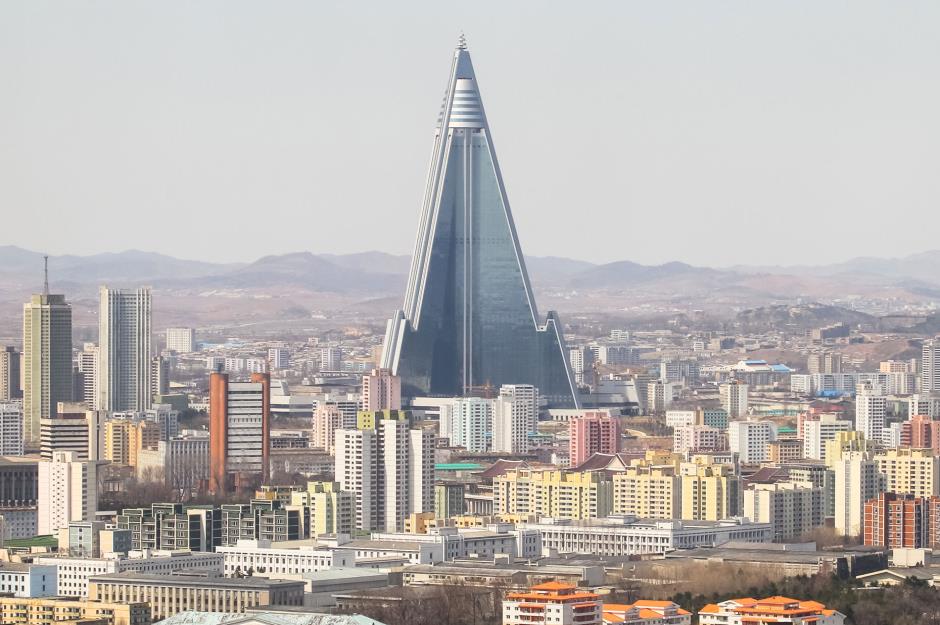
Ryugyong Hotel, Pyongyang, North Korea, cost: $1.3 billion

Ryugyong Hotel, Pyongyang, North Korea, cost: $1.3 billion
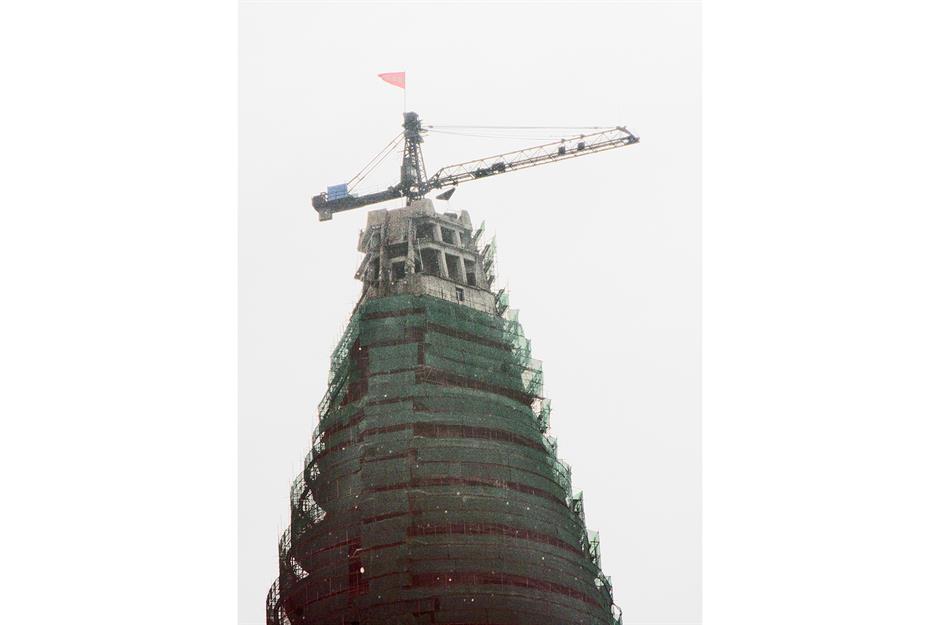
In March 2019 it was reported that new plans had emerged to resume development of the unfinished skyscraper. Included in the plans, which were broadcast on state TV, were two sail-shaped skyscrapers in the nearby area, inspired by Dubai's Burj Al Arab hotel. Yet with the tower's unfinished exterior having been damaged by exposure to the elements for years, completing it looks like a tall order. What's more, it's estimated that the cost of completing the tower would be a further $2 billion.
Ciudad Real Central Airport, Ciudad Real, Spain, cost: $1.4 billion
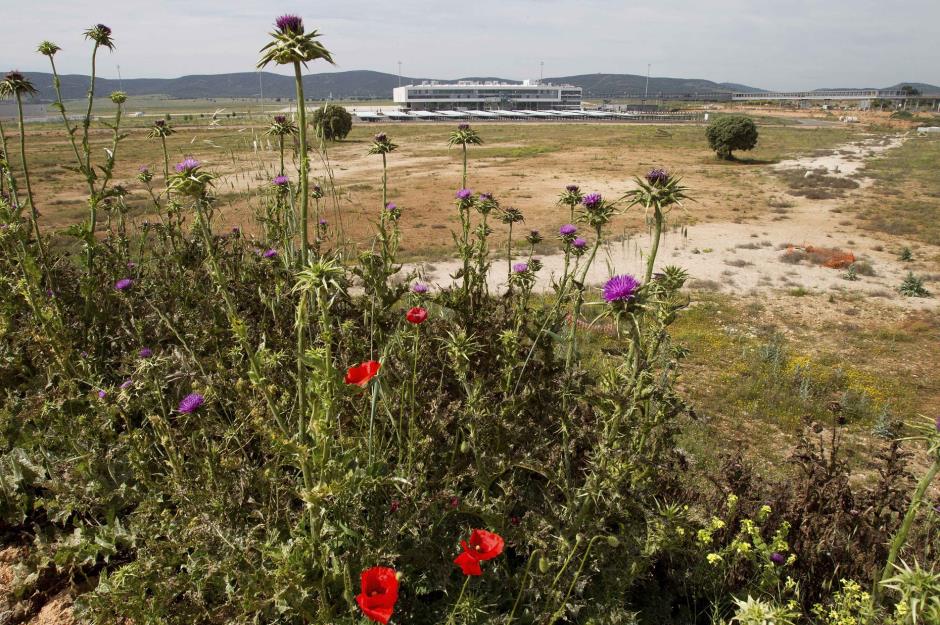
An embarrassing emblem of the Spanish Financial Crisis, Ciudad Real Central Airport opened in 2009 at a cost of €1.1 billion, equivalent to $1.4 billion in today's money. Located far from Spain's tourist destinations, this is one airport that should never have seen the light of day.
Ciudad Real Central Airport, Ciudad Real, Spain, cost: $1.4 billion
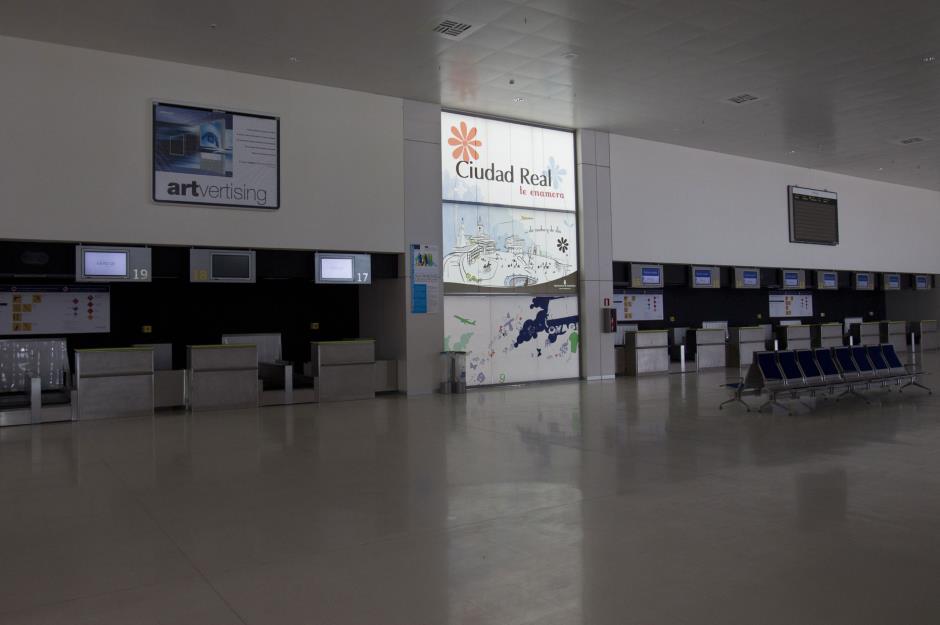
Ciudad Real Central Airport, Ciudad Real, Spain, cost: $1.4 billion
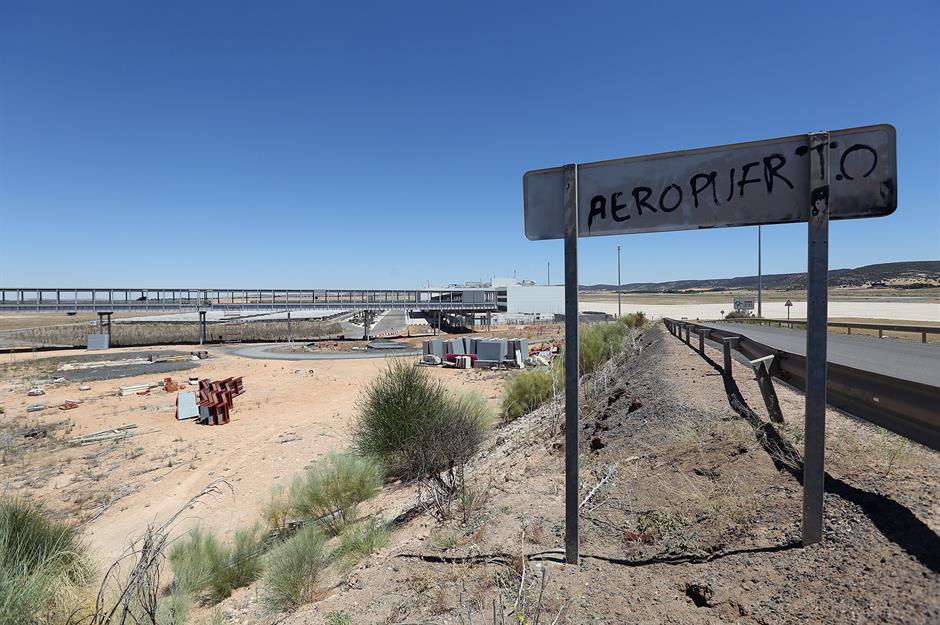
In July 2015, it was reported that the billion-dollar airport had been sold to a group of British and Asian investors for just $11,200. Yet the airport remains abandoned and derelict, with little known about any further development of the site.
Olympic Stadium, Montreal, Canada, cost: $1.4 billion
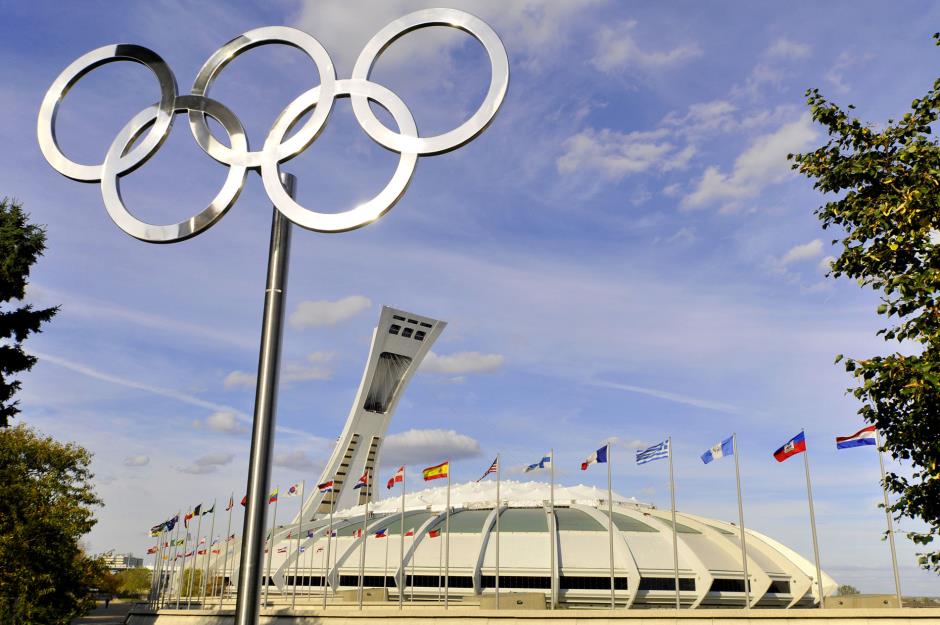
Olympic Stadium, Montreal, Canada, cost: $1.4 billion
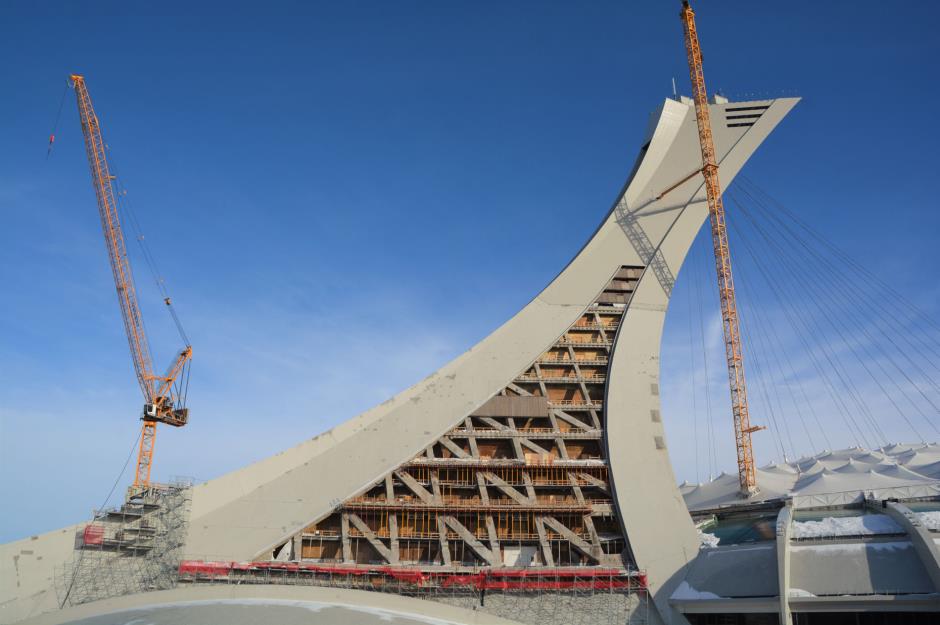
Olympic Stadium, Montreal, Canada, cost: $1.4 billion
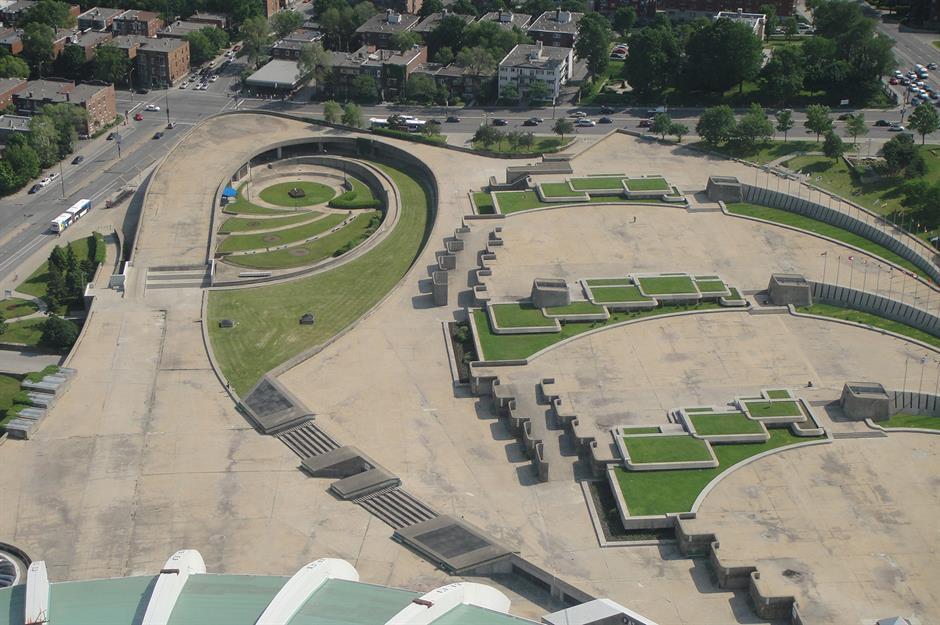
Currently, a German stadium construction firm has been working with the Régie des installations olympiques (RIO) to create new plans for the roof. Attempting to stay in keeping with the architect Robert Taillibert's original design for the building, while sticking to the $188 million budget for the new roof, the aim is to put a call out for tenders this year, with the roof replacement looking to be delayed until 2024.
Mirabel International Airport, Montreal, Canada, cost: $1.8 billion
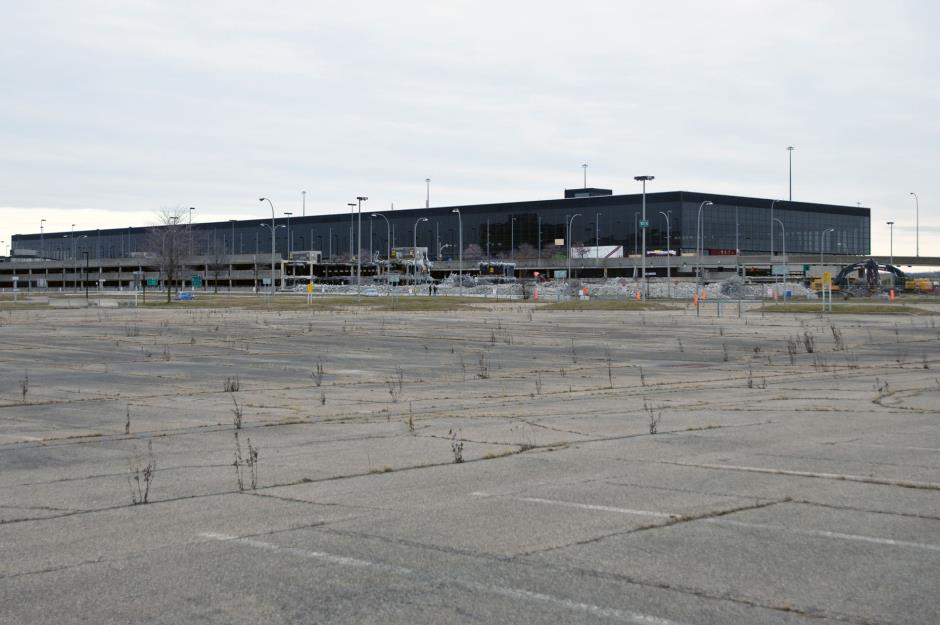
Also in Montreal, Mirabel International Airport was opened in 1975 as a potential replacement for Dorval Airport at a cost of CA$500 million, around CA$2.4 billion (US$1.7bn) in today's money. Despite being the world's largest airport when it opened, it soon became clear there were big problems with it.
Mirabel International Airport, Montreal, Canada, cost: $1.8 billion
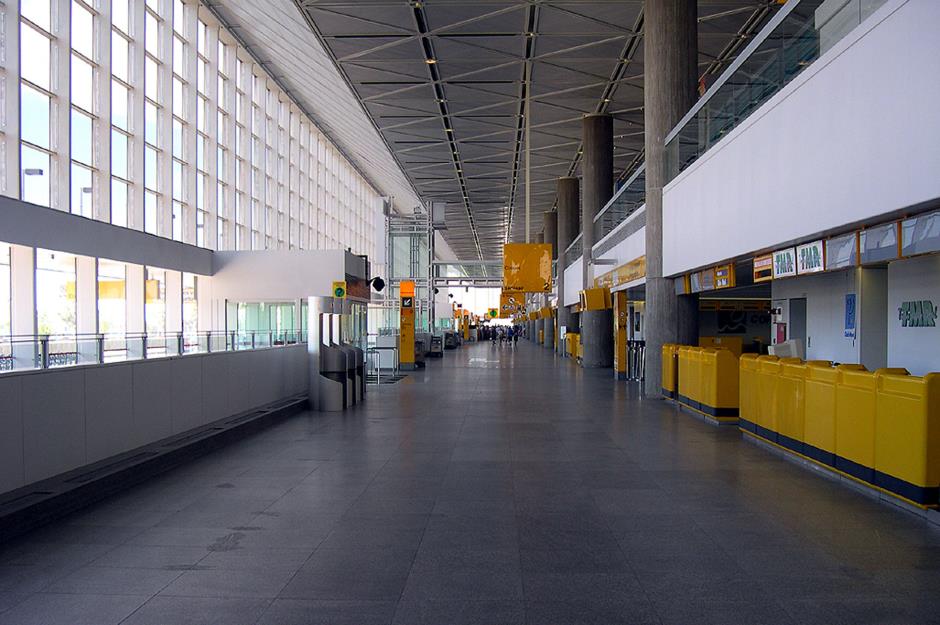
For starters, Mirabel is situated an inconvenient 26 miles outside Montreal and passenger numbers suffered as a result. Airlines soon abandoned the airport for Toronto and by the time Dorval (now Trudeau) Airport had expanded in the early 2000s, flights to and from Mirabel had ceased.
Mirabel International Airport, Montreal, Canada, cost: $1.8 billion
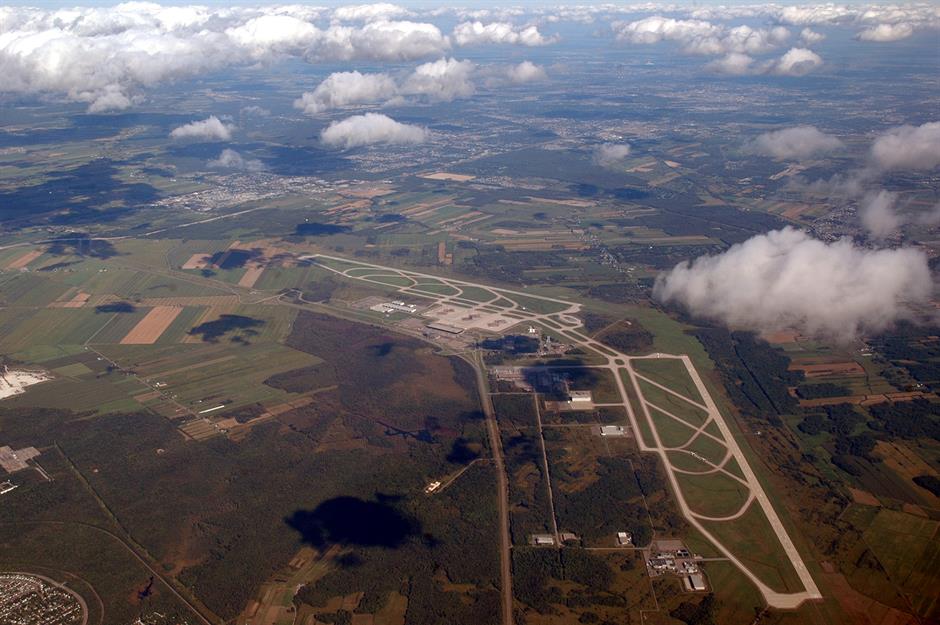
The terminal building has since been demolished, although cargo flights continue to operate to and from the airport. The vacant site has also been used for a few movie sets, including, fittingly, a zombie apocalypse film called Warm Bodies (2013).
World Cup stadiums, Brazil: cost: $3.6 billion

World Cup stadiums, Brazil: cost: $3.6 billion
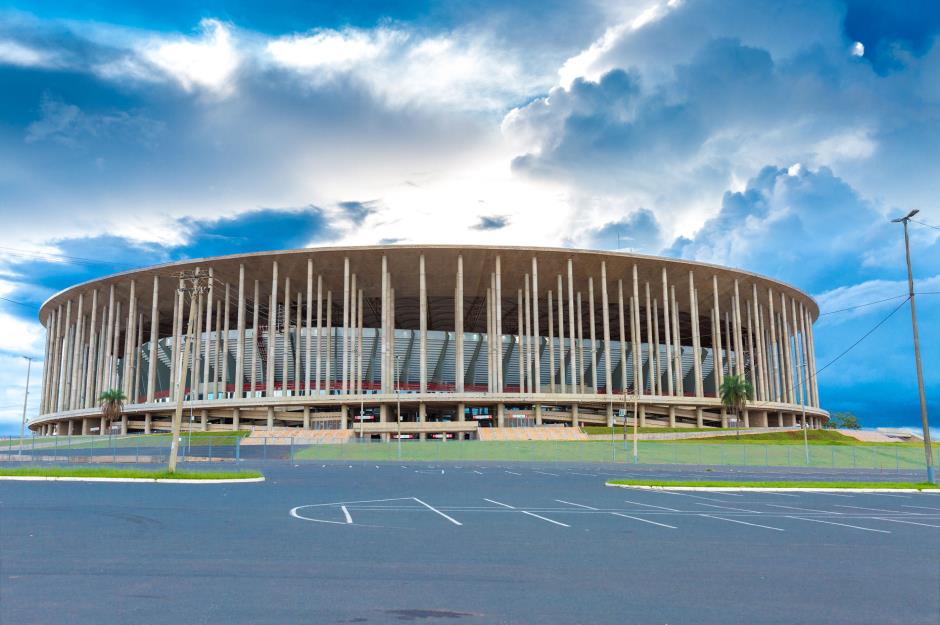
Less than a decade has passed since the tournament, yet most of these high-maintenance venues remain either empty, underused or have been thoughtlessly repurposed. Just two years after the Wold Cup, the Estádio Nacional (pictured) in the country's capital Brasília, for instance, was reportedly being used as a bus depot. Meanwhile other World Cup stadiums in the country have been plagued by corruption scandals, maintenance issues and big financial losses.
World Cup stadiums, Brazil: cost: $3.6 billion

What's more, maintaining the largely neglected stadiums is coming out of the public purse. According to a report by Brazilian newspaper O Globo, around $100 million of public money was used in 2018 alone to maintain the stadiums throughout the country. In a desperate attempt to make use of the site, the Maracanã stadium (pictured) in Rio de Janeiro has turned to hosting concerts and other events, though the future of the venue remains unclear.
Maginot Line, France, cost: $3.7 billion
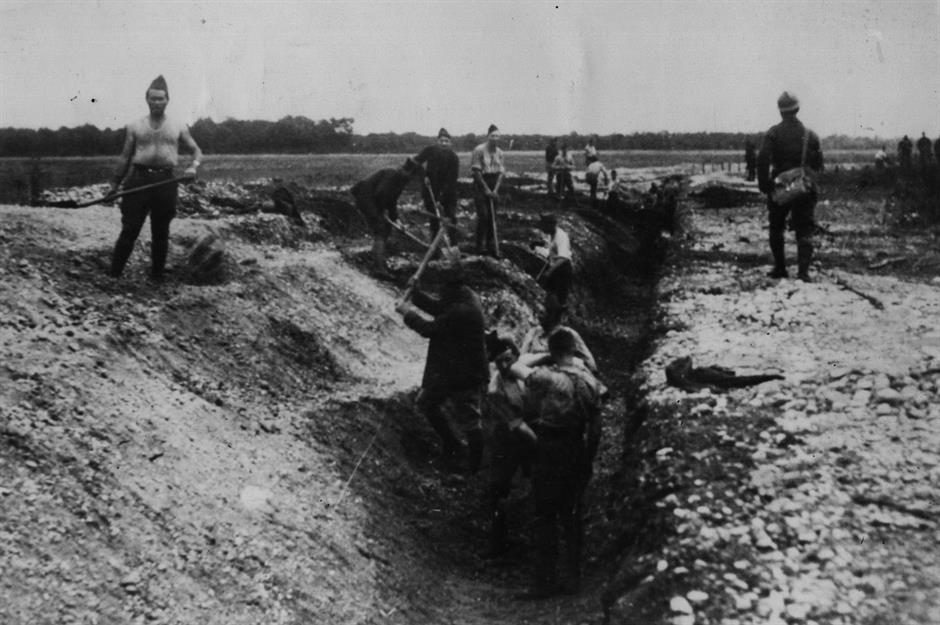
Maginot Line, France, cost: $3.7 billion
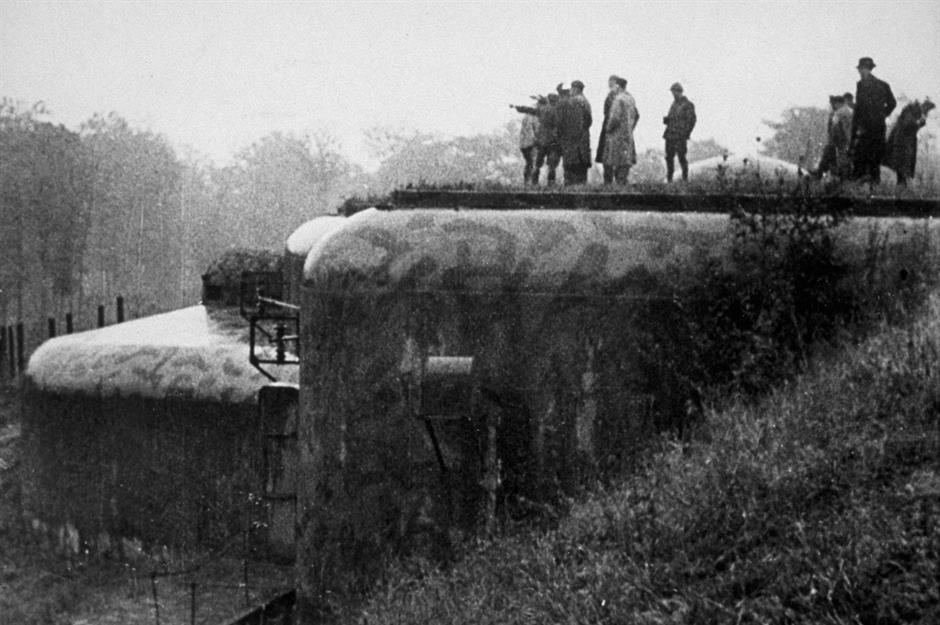
Maginot Line, France, cost: $3.7 billion
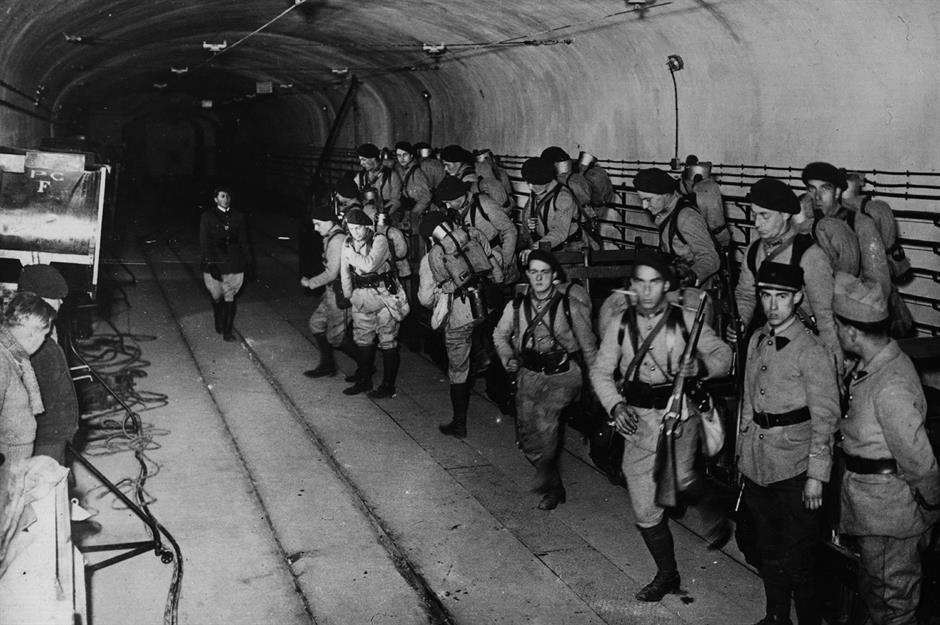
Palace of the Parliament, Bucharest, Romania, cost: $3.9 billion
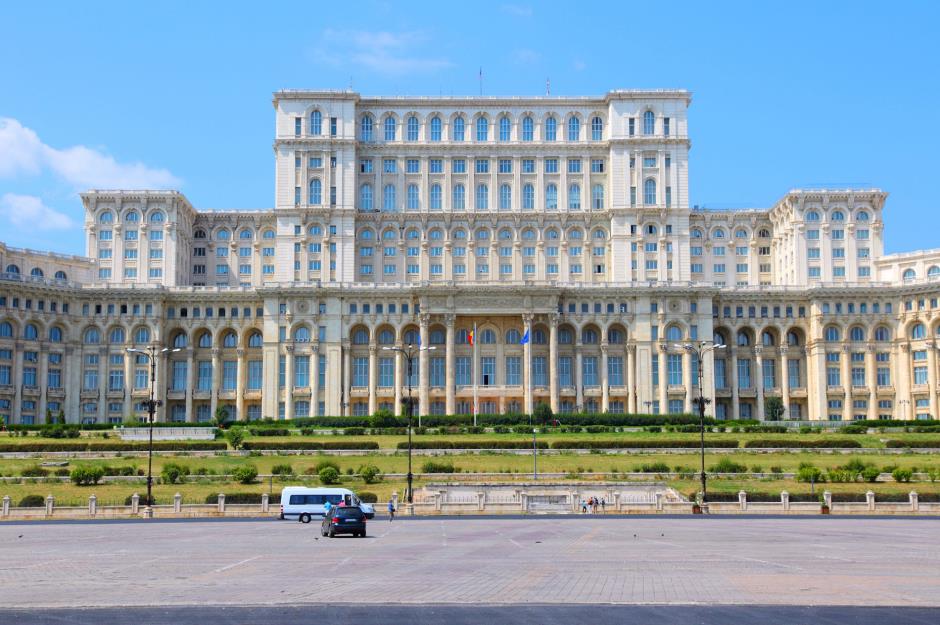
The pet project of brutal dictator Nicolae Ceaușescu, the gigantic Palace of the Parliament in the Romanian capital Bucharest sprawls over more than 3.9 million square feet. It's the second largest administrative building in the world after the Pentagon and allegedly can be seen from the Moon. Swaths of the city were demolished for this wholly unnecessary project, which began in 1984.
Palace of the Parliament, Bucharest, Romania, cost: $3.9 billion
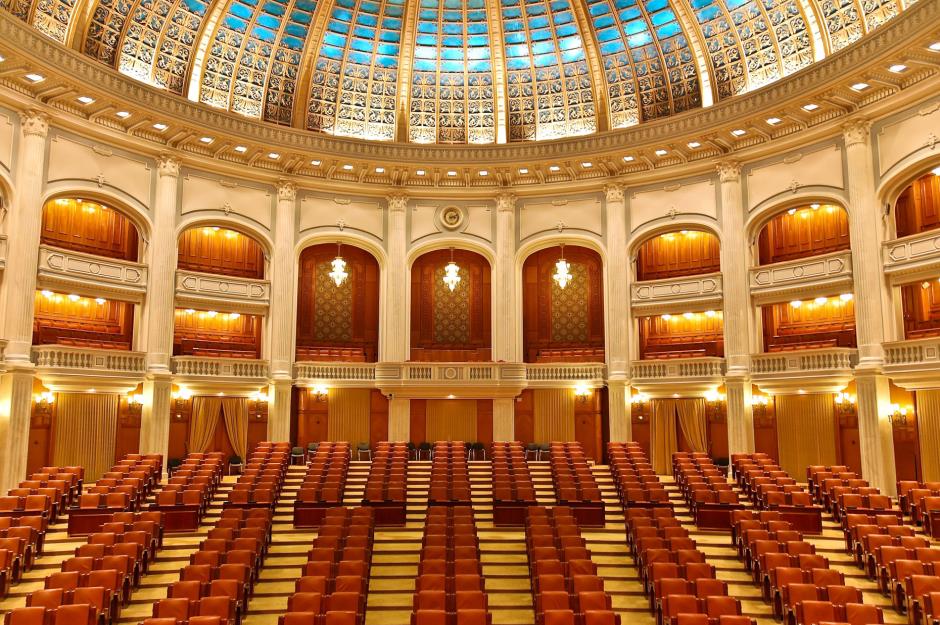
Thousands of workers died building the structure. Work continued following Ceaușescu's execution in 1989 and the Palace of Parliament was eventually finished in 1997 at a total cost of $3.9 billion in today's money. Today, only 30% of the building is in use and the heating and electricity bill alone allegedly tops $6 million a year.
Palace of the Parliament, Bucharest, Romania, cost: $3.9 billion
There's a lot more to this gigantic building than meets the eye. Underneath, there's a network of mysterious tunnels, which were explored by the presenters of British TV show Top Gear in one episode, where the presenters were filmed driving their cars through them. The tunnels were created for Ceaușescu, who worried that he'd need an escape route to get him to the airport in case of a revolution.
Naypyidaw, Myanmar, cost: $4 billion

Naypyidaw, Myanmar, cost: $4 billion

Naypyidaw, Myanmar, cost: $4 billion
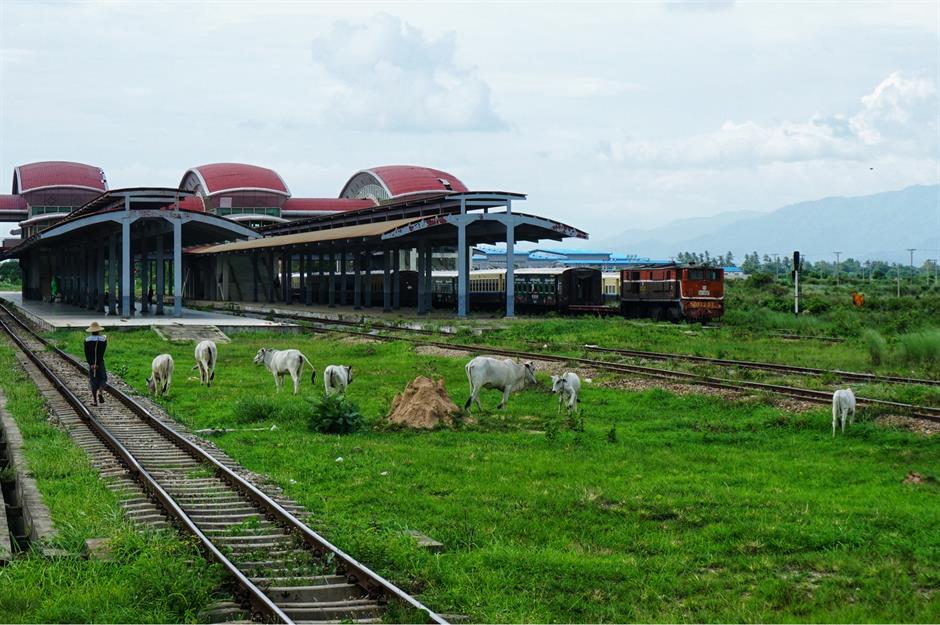
Olympic facilities, Athens, Greece, cost: $12.8 billion
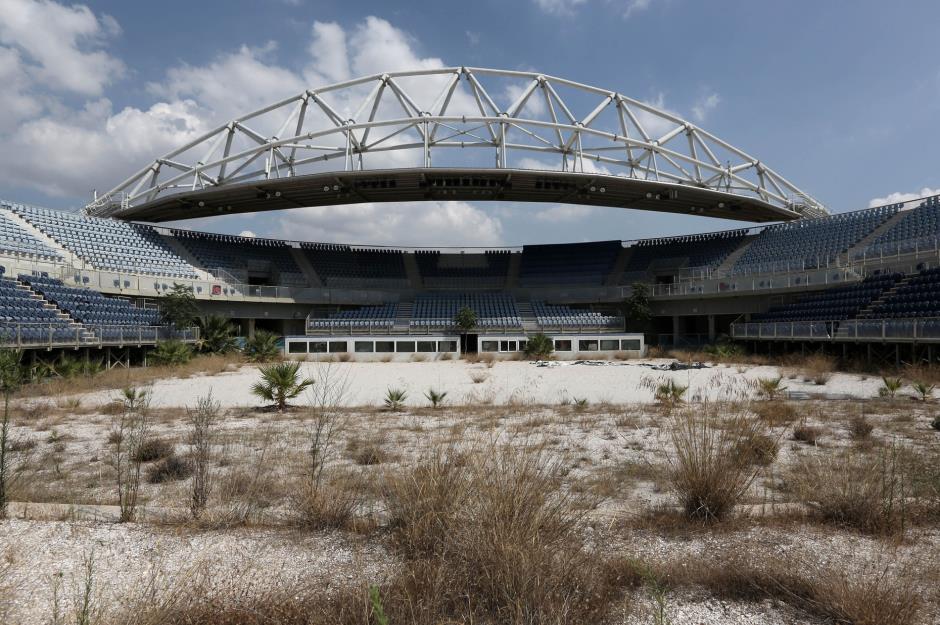
Olympic facilities, Athens, Greece, cost: $12.8 billion
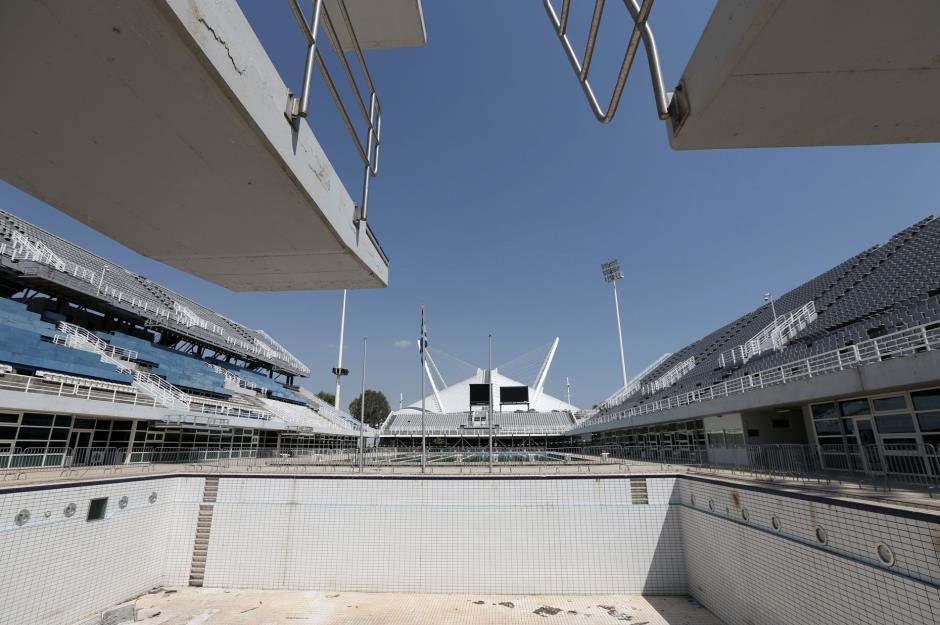
Olympic facilities, Athens, Greece, cost: $12.8 billion
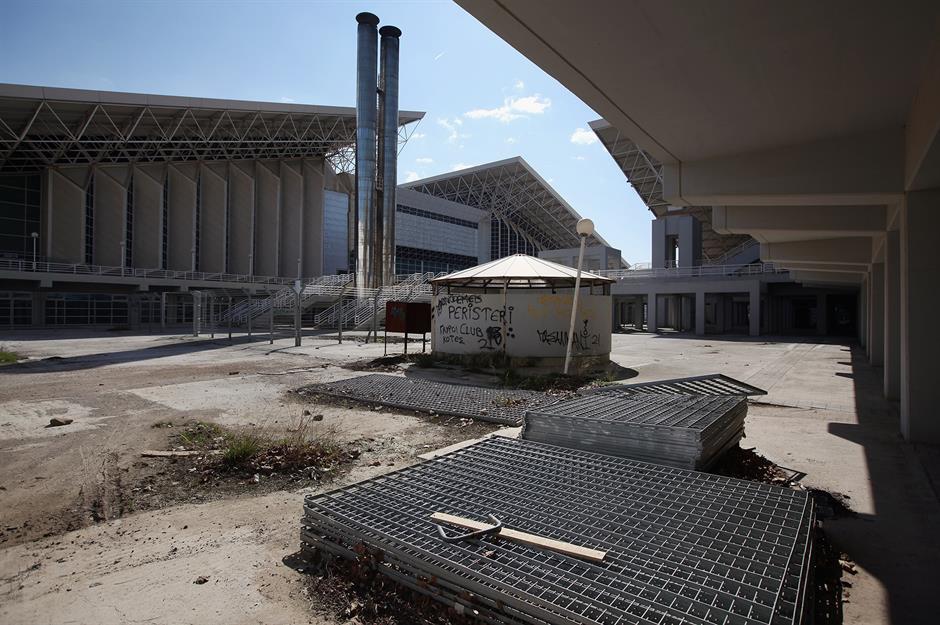
Fast-forward to 2020 and the vast majority of the venues lie empty, while the country is still paying back its debts. Without the state providing any real plan for what would happen to the venues after the Games, they've been left to fall into disrepair. The aquatics center has completely dried up, heaps of garbage have been left in outdoor training pools, and monuments are covered in graffiti.
Take a look at the abandoned projects the US government spent billions of taxpayers' money on
Olympic facilities, Beijing, China, cost: $47.6 billion
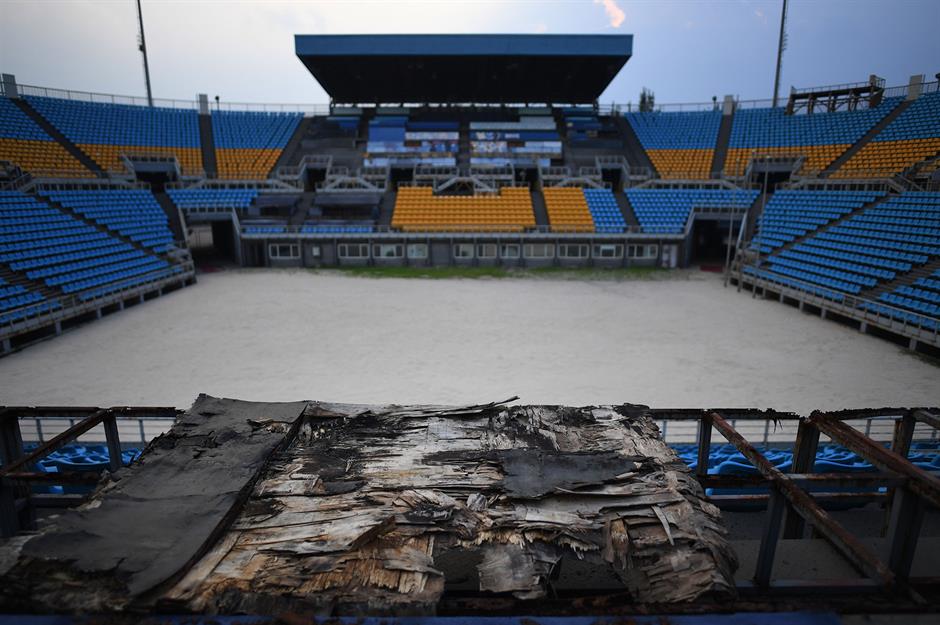
Olympic facilities, Beijing, China, cost: $47.6 billion
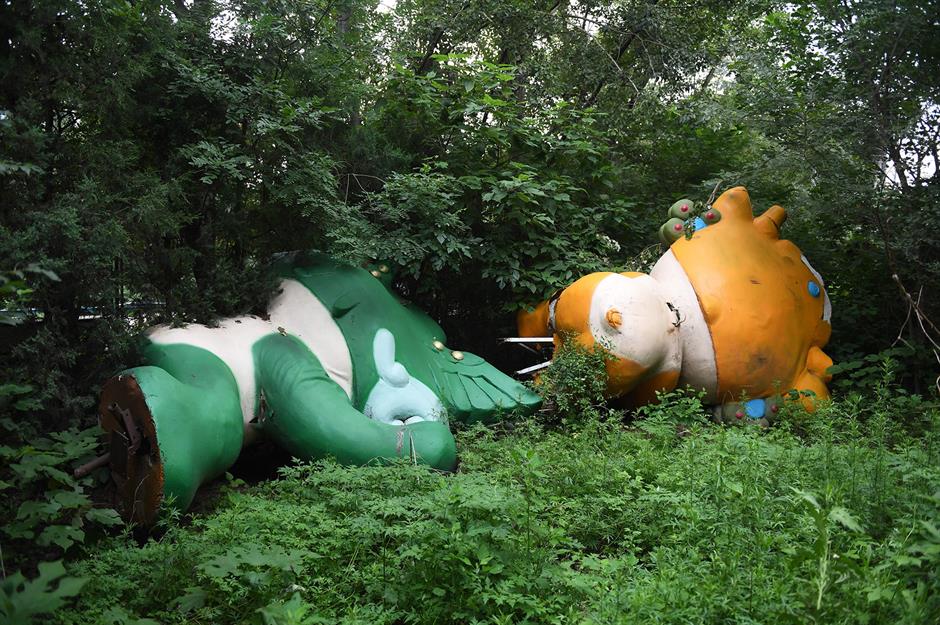
Olympic facilities, Beijing, China, cost: $47.6 billion
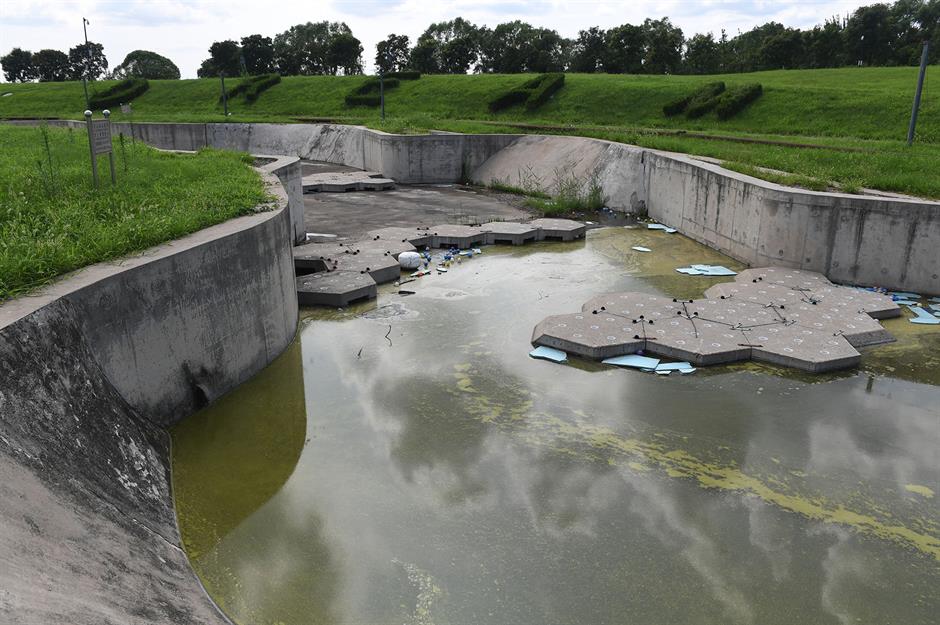
Yet the abandoned and largely derelict facilities leave a bitter taste in the mouth for many. After an estimated two million residents were removed from their homes to clear space for the games, many of them forcibly, the fact that these venues were left to rack and ruin afterwards only adds insult to injury.
At the other end of the spectrum, these are the best-value megaprojects of all time
Comments
Be the first to comment
Do you want to comment on this article? You need to be signed in for this feature